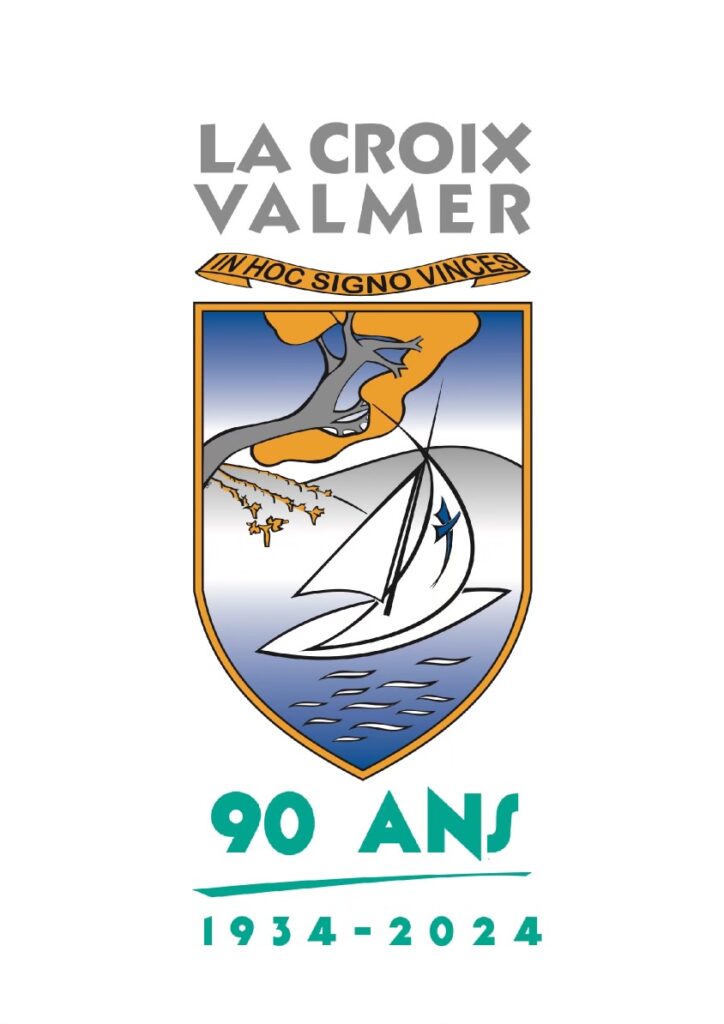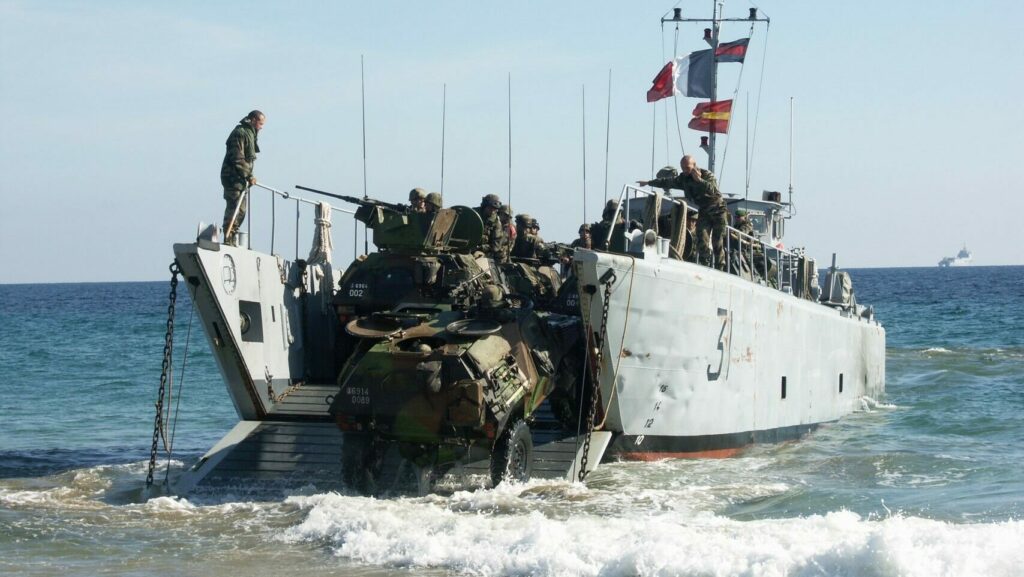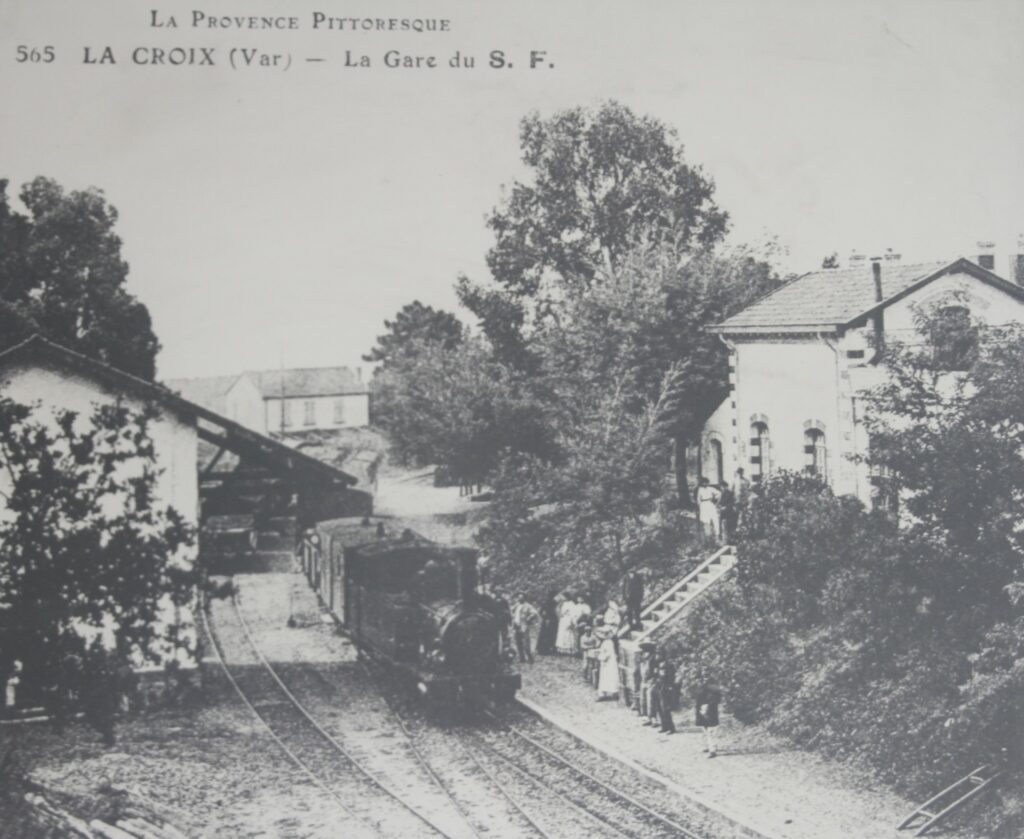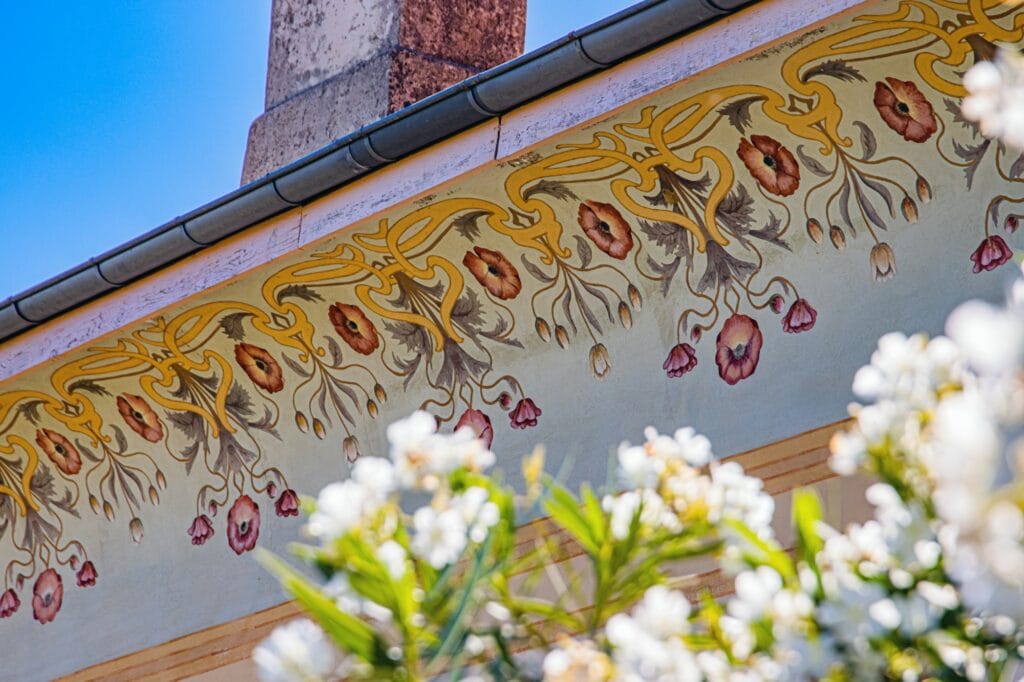History book
histoire patrimoine débarquement de provence La croix Valmer constantin gare train des pignes romain ruines vestiges pardigon architecture architectural domaine
Si La Croix Valmer m’était contée…
Pierre Berenguier

In 2024, La Croix Valmer
celebrated its 90th birthday
La Croix Valmer wasn’t always the pretty little independent commune you know today.
At the beginning of the 20th century, La Croix Valmer and Cavalaire were two small hamlets belonging to the village of Gassin.
Our little commune, rich in vineyards, was quick to seek independence. Unfortunately, it took more than a decade of requests and a petition supported by Prefect Louis Martin to finally gain its independence on April 6th, 1934.
The town’s main street is also named after him. Since then, La Croix Valmer has become the magnificent, independent village you all know … or almost!!!
& the 80th anniversary of the
Débarquement de Provence

In 1944, the German army occupied La Croix Valmer and requisitioned the Grand Hôtel to accommodate its Kommandantur.
On 14 August, an aerial bombardment targeted mined areas and German cannons in the hamlet of Brost. The bombs hit the coastline, in particular on the Debarquement and Gigaro beaches. To protect the Allied troops coming in from the sea, minesweepers criss-crossed the coast at night: these battleships created safe passages to the beach by destroying enemy mines.
In the memory of people from La Croix Valmer, at dawn on 15 August, the bay was black with ships and the sea was nowhere to be seen. Hundreds of ships approached the shore, the soldiers of General O’Daniel’s 3rd American Division. By midnight, more than 16,000 men had landed on our beaches. The sea and the beach were transformed into a metallic landscape alive with explosions. In the afternoon, machine guns, shells, bombs and bullets were heard whistling.
On the evening of 16 August, General De Lattre De Tassigny’s “B” army landed on the beach at Gigaro: this was the Provence landings, known as operation “Avril Dragoon”. In a fortnight, the region was liberated.



